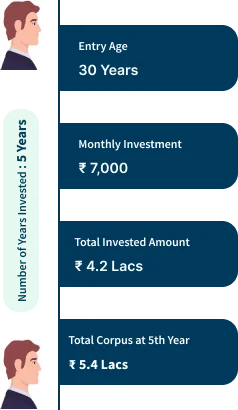Who can open a NPS account?
- All citizens of India, including self-employed individuals, employees of the private and public sectors, NRIs and OCIs.
- Individuals must be between the ages of 18-70 years at the time of registration.
- The subscribers must successfully comply with the KYC requirements.






















